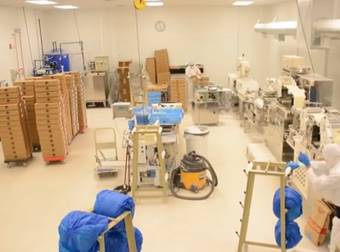Imagine this scenario: You’re driving along U.S. Highway 93 in northern Montana, when you see two billboards inviting you to stop over in Polson for something called the “Miracle of America,” but no information as to what that is. Curiosity overtakes you and you pull in. The first thing you see is a rusty orange VW Beetle on the roof of an otherwise nondescript building, and a sign reading “This Is Not A Tourist Trap.” (That’s a good sign, right?)
If that sounds like the beginning of a horror movie, congratulations, you’d probably make it out alive of the next slasher film thanks to your suspicious nature. But luckily, this is neither a horror movie nor a tourist trap. This is the Miracle of America.
It’s a museum, and it boasts over 150,000 relics from American history near and distant, and covers a wide swath of subjects from fishing to vehicles to handicrafts. It’s way, way off the beaten track, though, in the northeastern corner of Montana’s Flathead Reservation, west of the Flathead National Forest. That means that not many people even know it exists, and, due to its remote location and a small budget for advertising, even less people visit.
The museum is run by Gil and Joanne Mangels, a husband-and-wife team who founded the museum in 1981. Gil has been a collector of pretty much anything interesting since he was a small child and happened upon a Native American arrowhead. It sparked a lifelong love of preserving items. The preservation of old items, even those that time and innovation have rendered obsolete, is important to him, as it allows younger generations to learn about and keep connections to the past. And not just to the objects, but to the people who lived through those times. “Artifacts spark memories,” Gil says, “What’s really neat is to see a Vietnam veteran with their child or their grandchildren. Whereas before they didn’t have that opportunity to bring the subject up, a lot of them will open up with stories and their feelings.”
The nice thing about a relatively small audience is that the owners get to spend time with their visitors, too. Visitors might get a personal tour of the museum, and sometimes it can be tailored to the personal interests of that audience. That’s because the museum has a little bit of everything. Do you like toys? Political campaign memorabilia? Military items? Home appliances? They have it all. You might wonder what a collection like this is worth–after all, it seems like an Antiques Roadshow fever dream. Gil, however, isn’t interested in the monetary value of the items, but rather what they can offer people in terms of knowledge and inspiration.
That being said, the Miracle of America does struggle with publicity and funding, although some visitors like that because it means no lines and no crowds. The Mangels’ grandson has agreed to take over the museum in the future, and hopefully, will be able to keep the doors open so future generations can appreciate the items of the past.
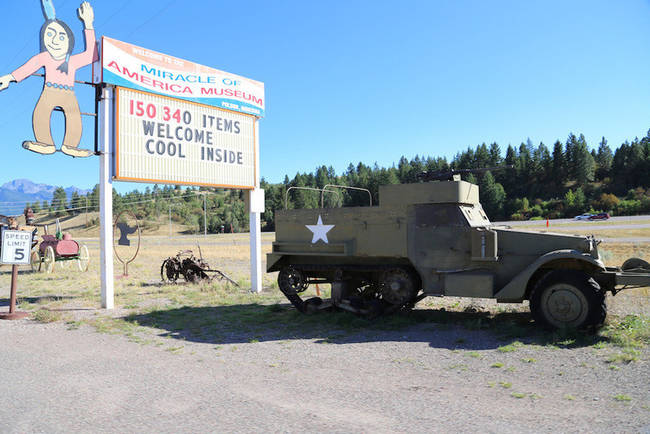 share
share
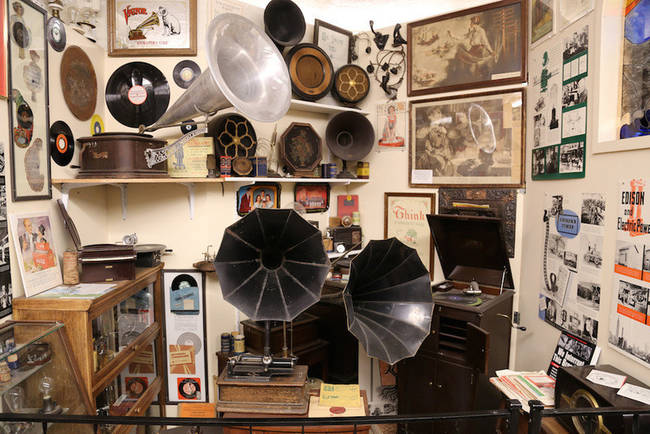 share
share
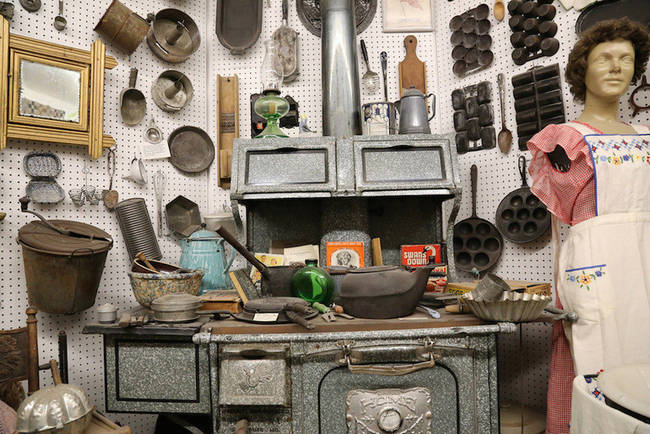 share
share
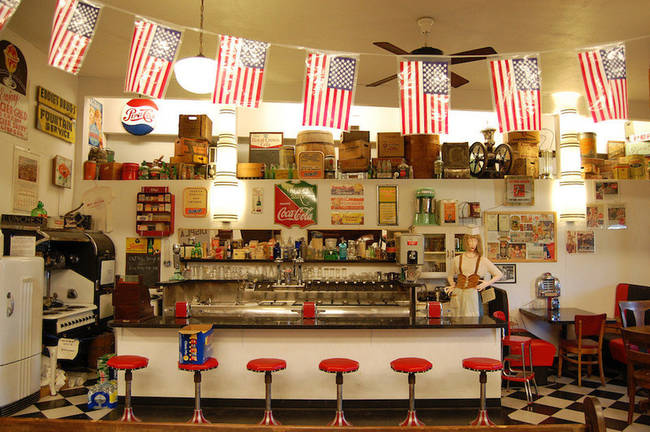 share
share
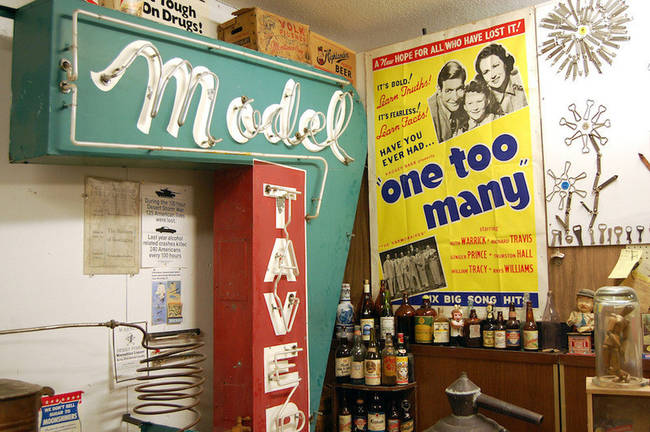 share
share
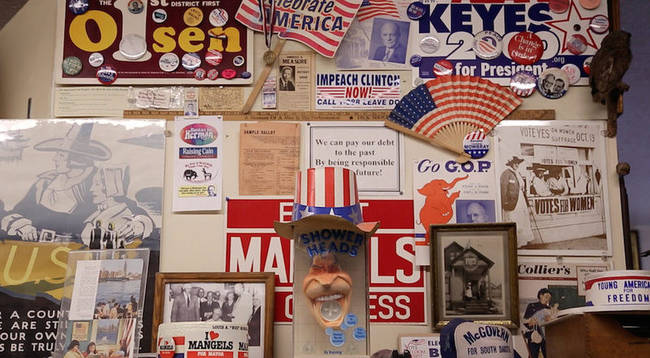 share
share
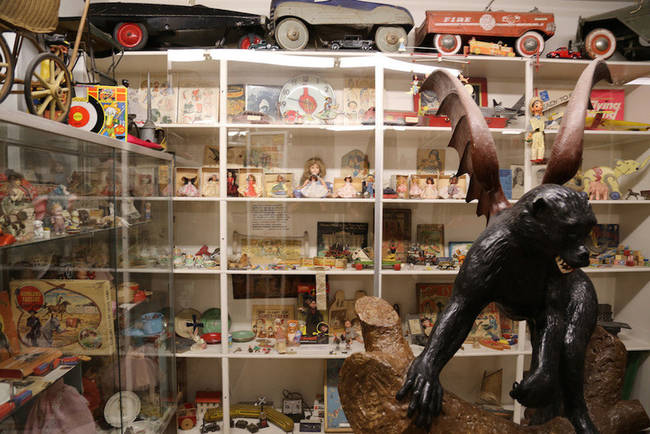 share
share
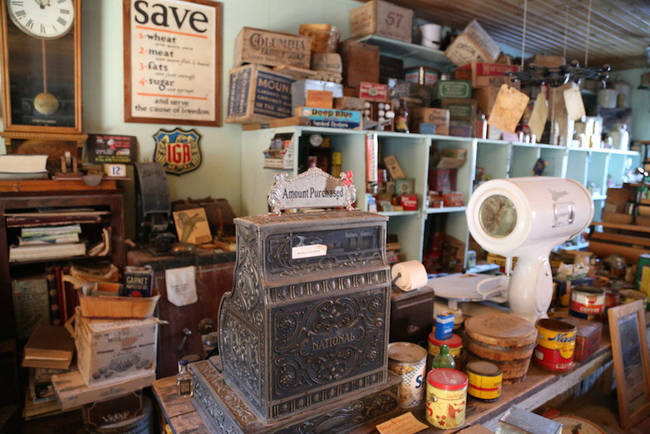 share
share
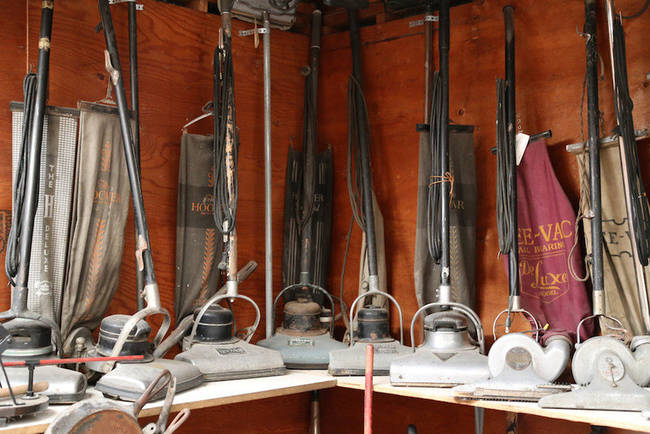 share
share
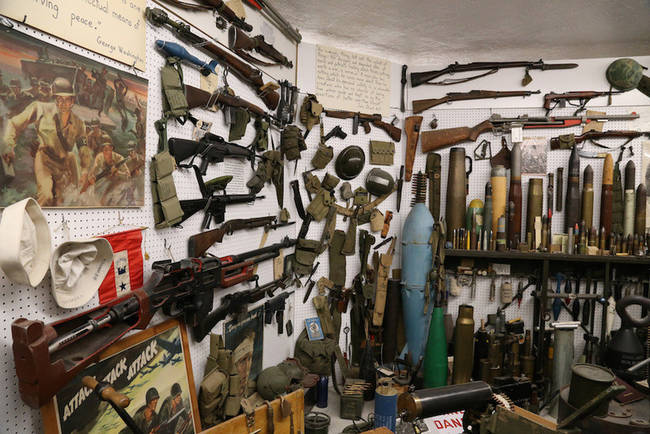 share
share
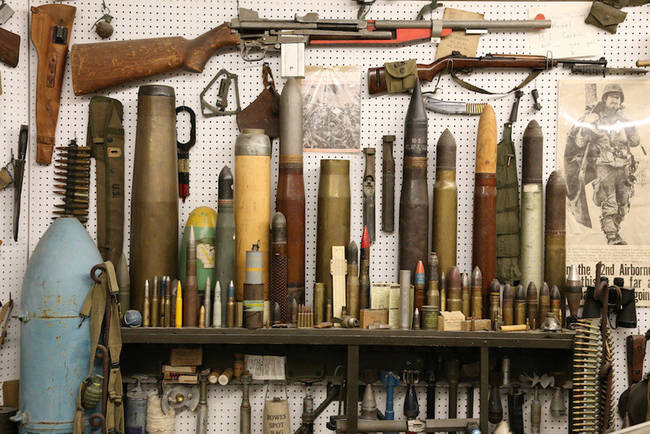 share
share
 share
share
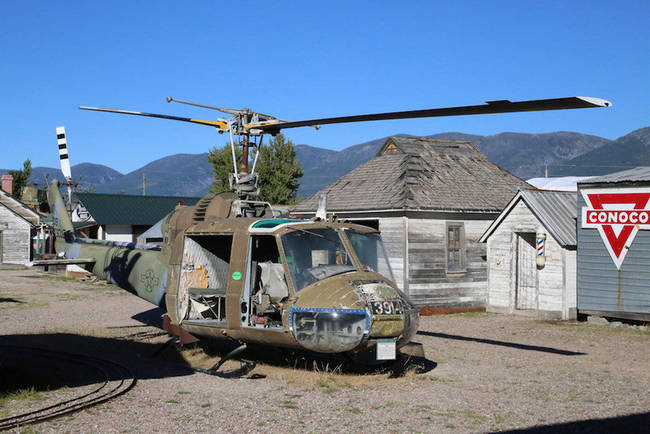 share
share
 share
share


